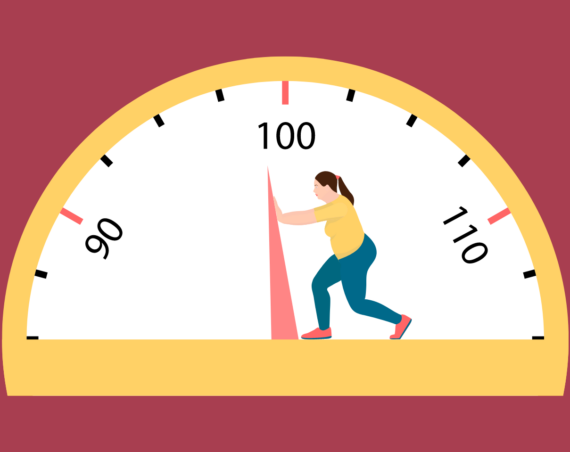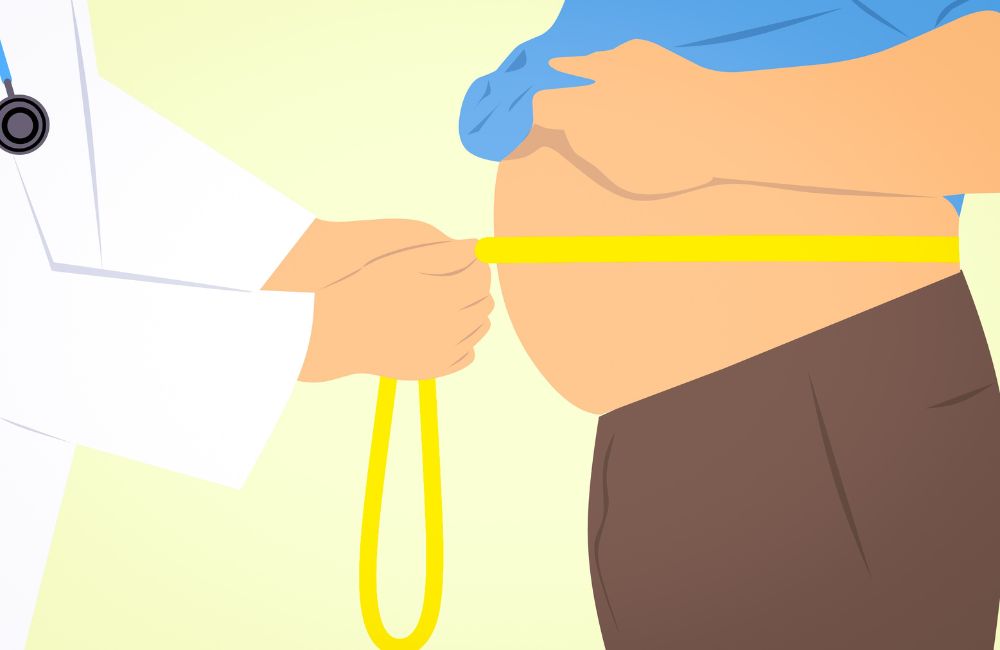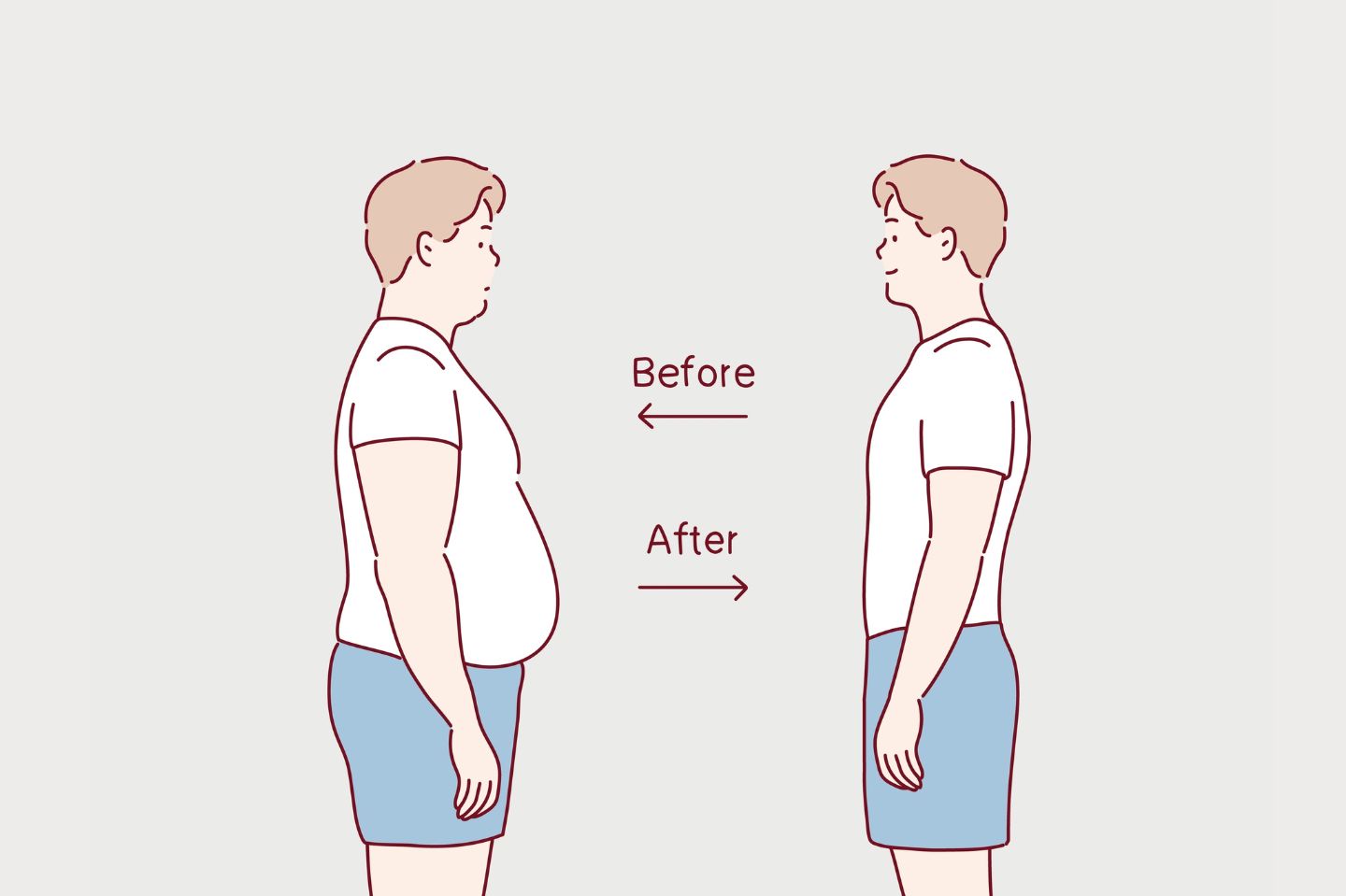
Ditch the Diet Drama! Restrictive plans that demonize carbs (bread, pasta, rice) are a recipe for frustration. (Science even shows our bodies fight back!) But fear not, weight loss warriors! There are better ways to shed pounds that don’t involve dieting.
In this article, I’ll share 11 steps that people can use to lose weight without diet.
11 Simple Ways to Lose Weight Without Dieting
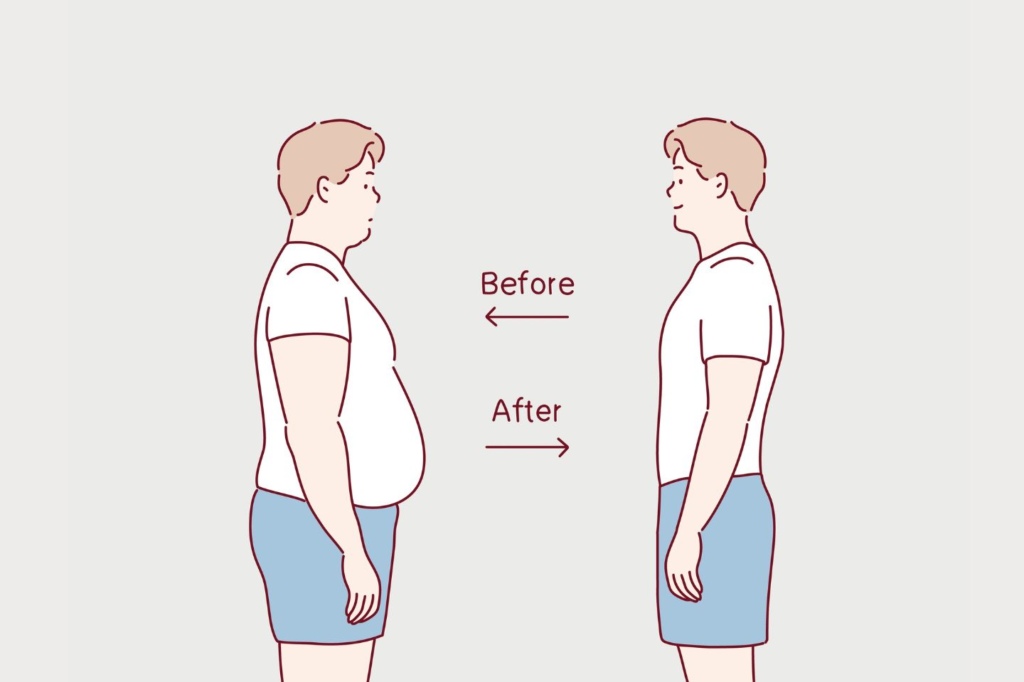
1. Eat Thermic Foods
Thermic foods contain nutrients that naturally increase the body’s metabolism.
The body uses extra energy to digest, absorb, and metabolize these foods that, when consumed, can produce a thermic effect and lead to reduced body weight.
Foods high in protein such as fatty fish, eggs, beans, and nuts have the highest thermic effect.
Some other foods that are great to rev up your metabolism are chili peppers, leafy greens, coffee, green tea, and berries.
2. Start Your Day With Exercise

Physical activity is one of the best ways to shed unwanted pounds and keep them off for the long term.
It also has long-term health benefits such as reduced blood pressure, better weight management, and a lower risk of chronic diseases like cancer, heart disease, or type 2 diabetes.
Exercising in the morning has shown promising results.
By starting your day with a workout, you can put it behind you and not have to worry about what the rest of the day brings or any additional chores that may get in the way of an afternoon sweat session.
Be sure to include strength training in your exercise regimen.
Your body builds muscle when you strength train.
Muscles burn more energy at rest than fat leading to increased metabolism.
Strength training burns extra calories hours after your workout.
This is also known as the afterburn.
It promotes lean body mass that can be lost with weight loss or the natural aging process.
3. Start With a Healthy Breakfast
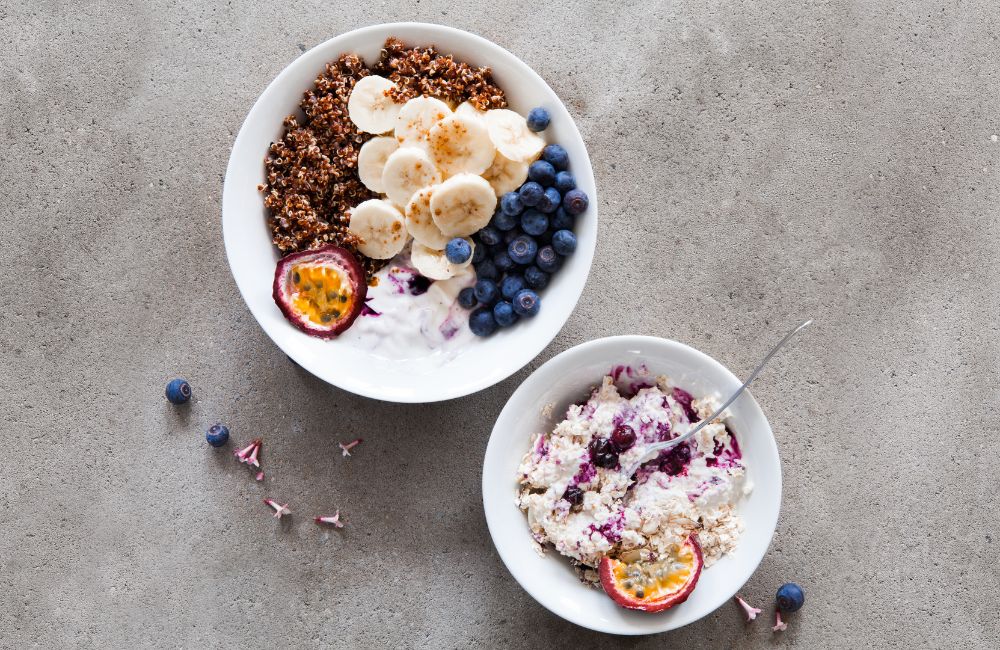
Starting your day with a healthy breakfast that consists of whole foods can play a major role in how the rest of your day plays out.
A healthy breakfast should consist of carbohydrates from whole grains, lean protein, and healthy fat.
This may help decrease cravings later in the day and curb appetite.
A great example of a healthy breakfast to start your day may consist of a bowl of oatmeal for your grains, boiled eggs for your lean protein, and top it off with an avocado slice for healthy fat.
According to one study by the Endocrine Society, eating breakfast can result in diet-induced thermogenesis (DIT) by firing up your metabolism first thing in the morning with breakfast.
The study was conducted on 16 men who consumed the same amount of calories but had a higher-calorie breakfast during the first round and then a higher-calorie dinner in the second round.
The study found that participants who consumed the higher calorie breakfast were in 2.5 higher DIT in the morning after high-calorie meals compared to the afternoon and increased hunger and cravings for sweets after lower-calorie breakfast consumed.
4. Snack On Healthy Things
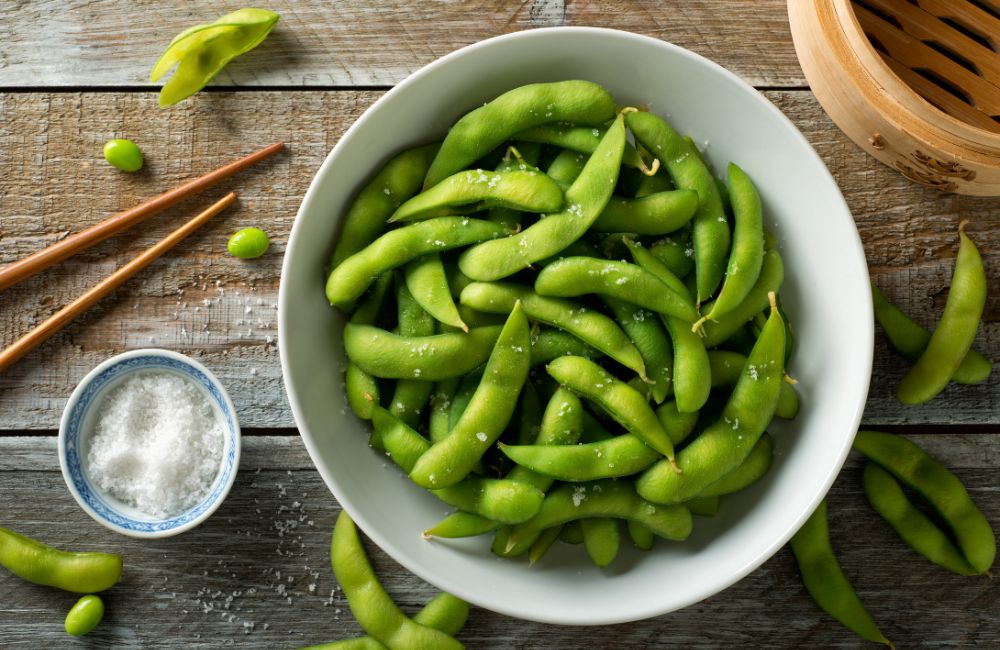
Skipping meals can cause a binge later in the day which may result in overeating.
Snacking is a great way to prevent the sudden ravenous feeling.
The quality of your snack matters and you want to make sure you choose high-quality snacks.
Some great examples of low-carb, high-protein healthy snacks to promote weight loss are:
- Celery sticks and peanut butter,
- Beef jerky
- Greek yogurt
- Tuna
- Mixed nuts
Planning your snacks out in advance is an excellent way to be sure you have something on hand when hunger strikes.
By keeping healthy snacks with you at all times, you will reduce the chance of stopping at a fast-food restaurant or convenience store and overeating.
5. Eat Fewer Calories
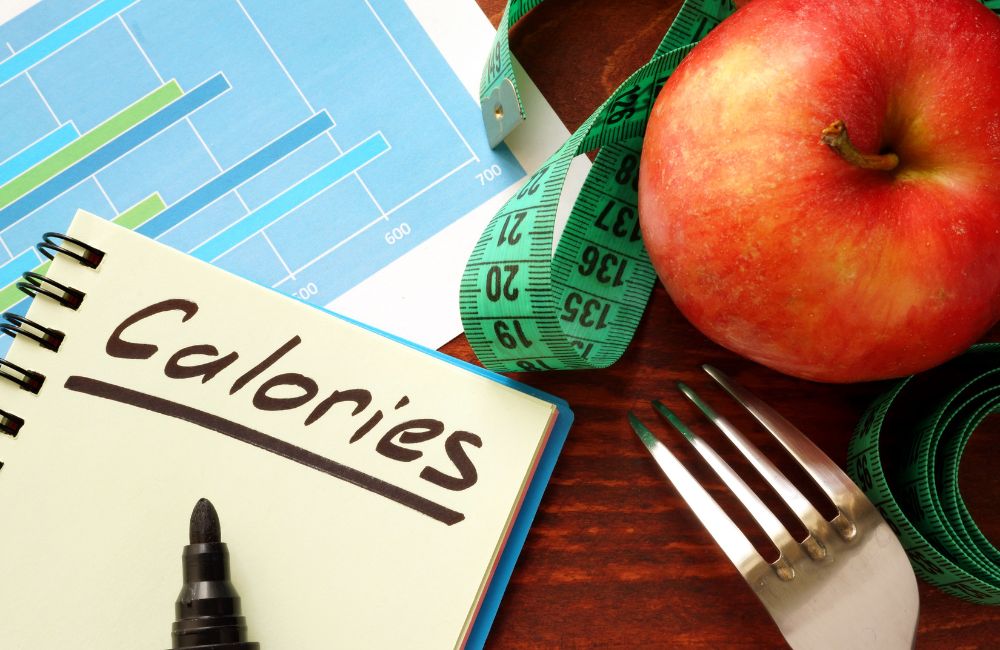
We know weight loss is achieved by eating fewer calories than our body burns.
No matter how hard you may exercise, it still comes down to simple math.
Avoid foods that have extra calories.
Find out how many calories your body needs to lose weight and download a health-tracking app that allows you to set a daily calorie limit.
Key in your snacks and meals at the time you eat or, if it has a label, simply scan it.
By keying your foods in as you consume them compared to the end of the day, you are less likely to forget about them.
When foods are recorded properly, health trackers can easily allow you to incorporate the foods you love while remaining in a calorie deficit.
Who says you can’t enjoy a serving of ice cream every night and still lose weight?
6. Eating out?—No problem.
Many new health trackers have nutritional data for many restaurants and include items that may not have macros listed on the menu.
To limit feelings of hunger, avoid consuming large quantities of high-calorie foods such as chips, cookies, and sugary beverages that have little to no nutritional value.
7. Avoid Fruit Juice
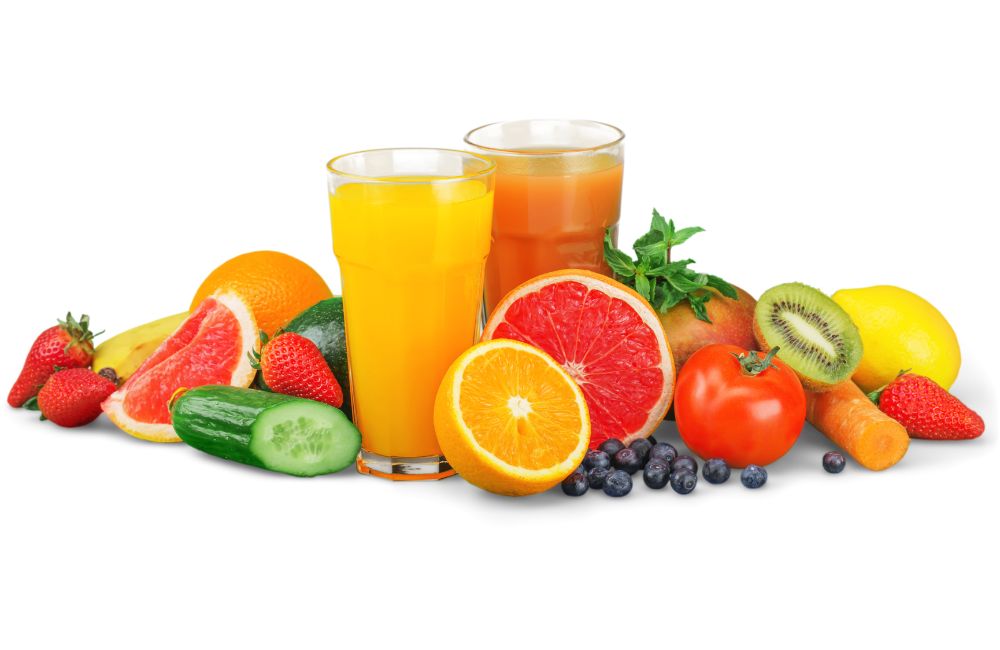
When you have feelings of thirst, water is one of the best beverages to drink.
It has zero calories, helps you feel full, and also has been linked to weight loss.
Fruit juice might sound like a good idea. But even if the label says “100% juice” it is likely high in sugar.
For example, a 10 oz serving of 100% apple juice contains around 140 calories and 31 grams of sugar.
In comparison, a medium apple contains additional fiber, vitamins, and nutrients in just under 100 calories and 19 grams of sugar.
You will likely feel much more full eating an apple due to its fiber content instead of drinking apple juice.
8. Limit Starch
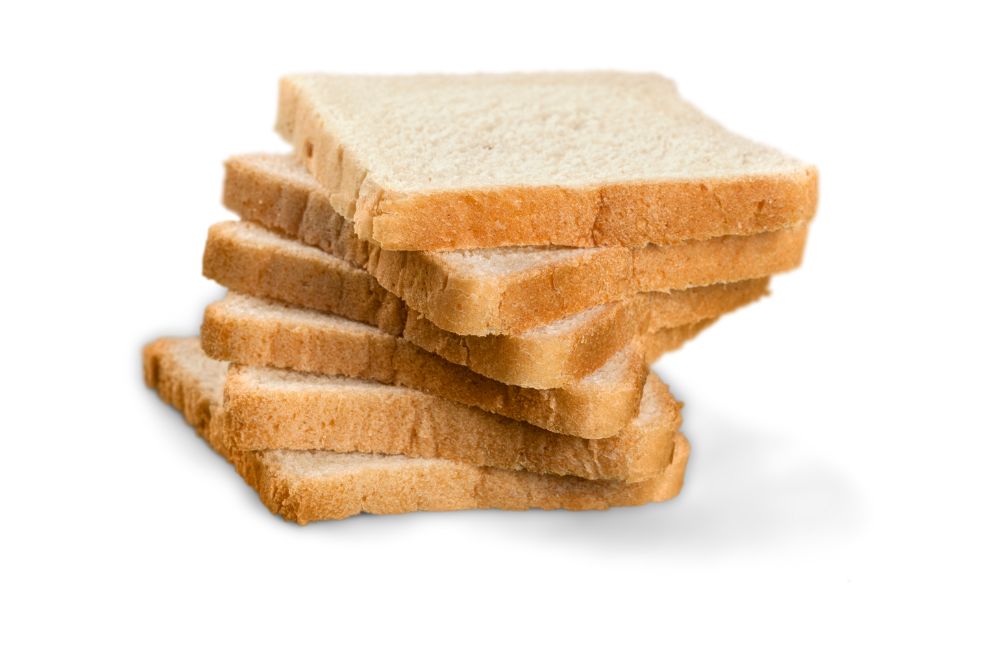
Starch is a type of carbohydrate.
When consumed they are absorbed into the bloodstream very soon after.
This can cause high blood sugar levels and increased hunger throughout the day.
In addition, starches are generally high in calories and do not provide a full sensation after consumption.
Some of the main starches you want to avoid are pasta, white rice, cereal, and white bread.
These foods are high in calories and provide very little nutritional benefit.
When you do choose carbs, make sure to choose whole grains such as brown rice as they have extra fiber to keep you feeling full and provide a steady flow of energy throughout the day.
Although more research is needed, one recent study found that the excess insulin produced when we eat processed carbs is linked to obesity and weight gain.
9. Get a Good Night’s Sleep

Getting a good night’s sleep is equally important as a proper diet and exercise to lose weight.
Most adults do not get enough hours of sleep at night.
One meta-analysis showed an increased risk of being overweight in both children and adults that do not get enough rest at night.
According to the National Sleep Foundation, most adults should have an average of 7 to 9 hours of sleep per night.
Without enough rest, you may feel tired and foggy the next day and find it more difficult to resist the urge to eat unhealthy foods.
Poor sleep has also been closely correlated with elevated hormone cortisol levels.
Cortisol is a hormone released when the body is under stress that can lead to increased hunger and cravings for sweets which can lead to weight gain (5).
10. Have Yogurt for Breakfast
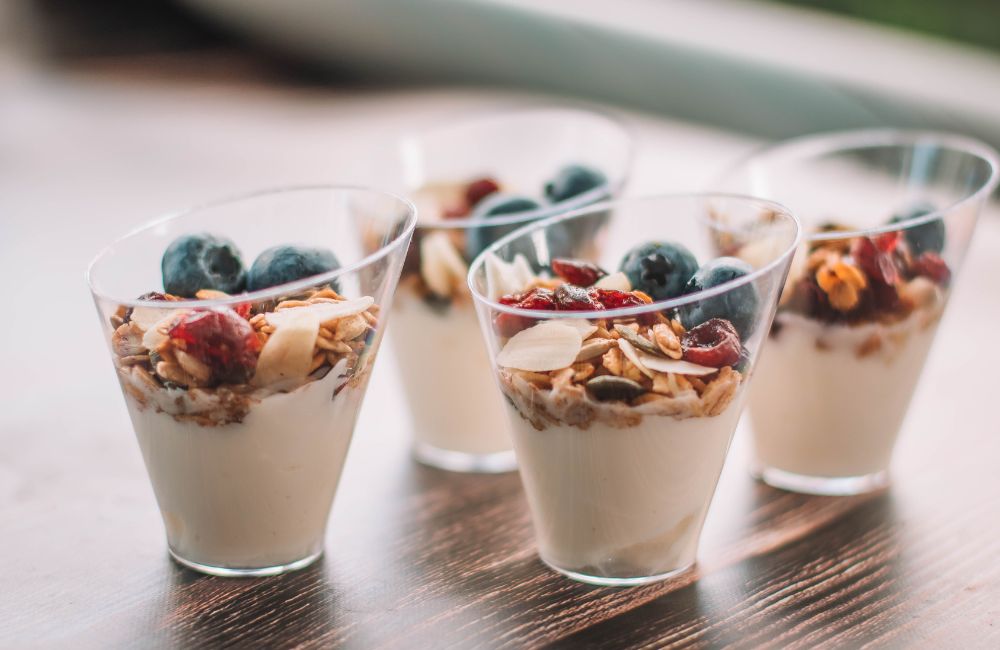
Not only is yogurt packed with nutrients, but it is also a great option for those looking to shrink their waistline.
Greek yogurt is one of the best options due to its high protein content.
It also has a lower concentration of lactose when compared to standard yogurt and may be better suited for those sensitive to lactose.
Greek yogurt also is a great source of calcium, vitamin b 12, and potassium
Pair it with fresh fruit like a banana or strawberries and you will be setting yourself up for the best day possible.
11. Try a Healthy Low-Carb Diet

While we do need carbohydrates to function properly, a diet low in carbohydrates is often a key answer to weight loss without intense dieting.
Not only are low-carb diets fairly easy to follow, but they also are safe for most people to follow.
A low-carb diet generally consists of eating between 50-150 grams of carbs per day.
They also have been shown by a number of studies to provide many health benefits.
Low-carb diets have been shown to improve insulin resistance in obese individuals, decrease triglyceride levels, and increase HDL (good cholesterol).
Limiting just one food group, allows you to still enjoy many foods that you love which can lead you to have more freedom with food choices.
One older study found that low-carb diets are more effective than low-calorie or low-fat diets in losing weight (8).
Low-carb diets are generally higher in protein which has also been shown to reduce weight.
According to one study of 19 adults, those who ate high protein (30%) diets had higher levels of satiety and an overall decreased calorie intake of nearly 441 calories when compared to the lower protein (9).
Low-carb diets are also related to decreased insulin levels in the blood and reduced blood sugar,
High levels of insulin in the blood can lead to excess fat storage resulting in weight gain.
The best way to start following a low-carb diet and start cutting carbs is to avoid the following foods:
- Pasta
- Rice
- Bread and grains
- Fruits such as bananas pineapple mango and dates
- Starchy veggies like potatoes, sweet potatoes, carrots
- Sugar
- Chips
- Beans
Fill your diet rich in protein and healthy fats to maintain fullness throughout the day.
Final Takeaway
Healthy weight loss is achievable without starving or depriving yourself.
You want to change your lifestyle and include more healthy foods as well as exercise so you will end up looking, feeling better, and being in a better mood without feeling deprived or constantly thinking about food.
Healthy eating takes work if your body is not used to consuming whole foods, but once you get in the habit your body will thank you and it will be much easier to resist the temptation and avoid binge eating.

